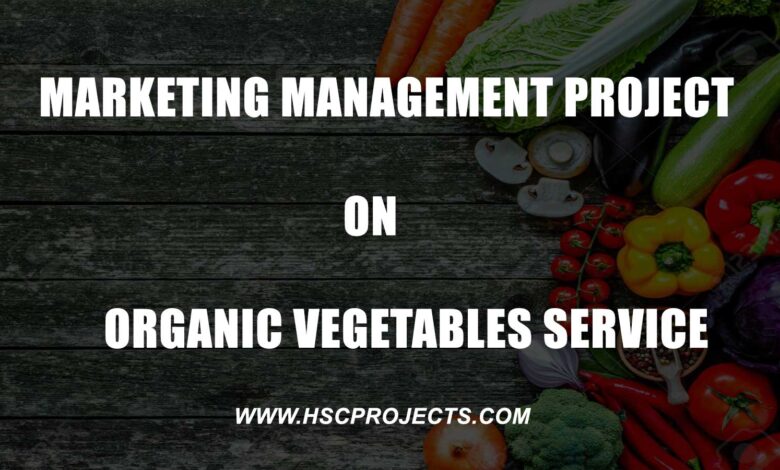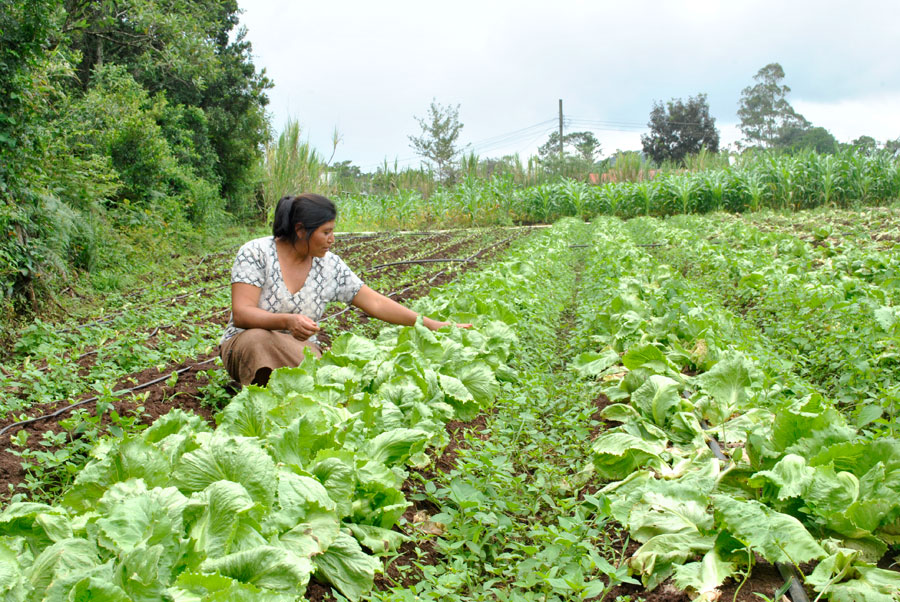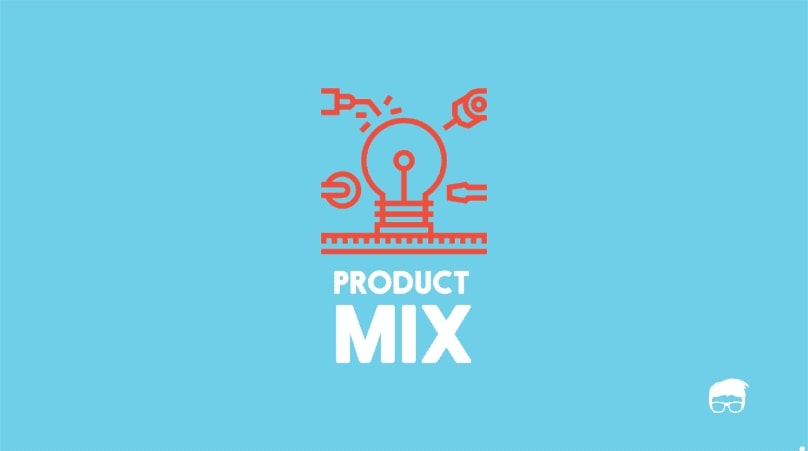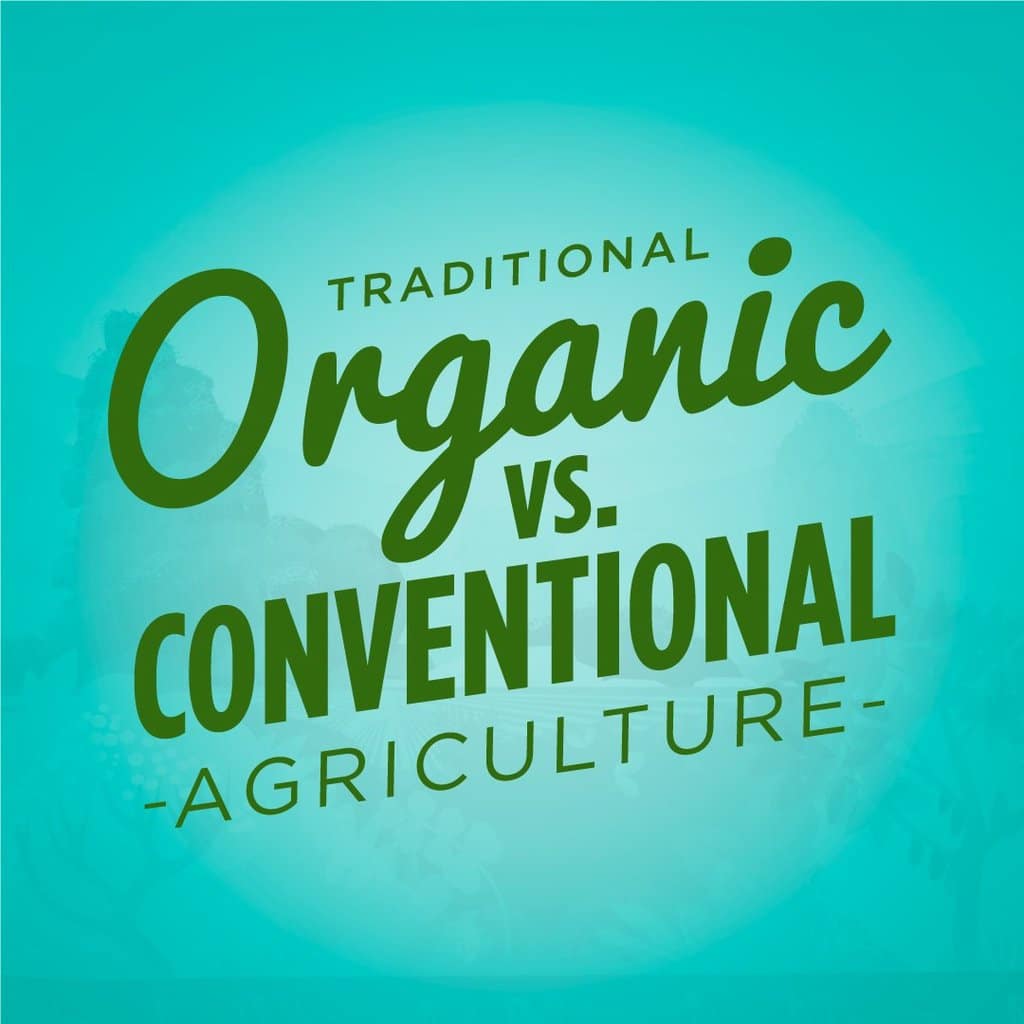
Marketing Management Project On Organic Vegetables Service
INTRODUCTION:
Organic farming is a phrase coined early in the 20th century in reaction to rapidly changing farming practices to describe what other species use and used, to farm without synthetic chemicals. Organic farming continues to be developed by various organic agriculture organizations today. It relies on fertilizers of organic origin such as compost manure, green manure, and bone meal and places emphasis on techniques such as crop rotation and companion planting. Biological pest control, mixed cropping, and the fostering of insect predators are encouraged. In general, organic standards are designed to allow the use of naturally occurring pesticides such as pyrethrin and rotenone are permitted, while synthetic fertilizers and pesticides are generally prohibited.

WHY FARM ORGANICALLY?
The main reasons farmers state for wanting to farm organically and their concerns for the environment and working with agricultural conventional farming systems. There is also an issue with the amount of energy used in agriculture since many farm chemicals require energy-intensive manufacturing processes that rely mainly on fossil fuels. Organic farmers find their method of farming to be profitable and personally regarding. Since 1990, the market for organic food and other product has grown rapidly, reaching $63 billion worldwide in 2012. This demand has driven a similar increase in organically managed farmland that grew from compounding from 2001 to 2022 at a compounding rate of 8.9% per annum.
WHY BUY ORGANIC?
Consumers purchase organic foods for many different reasons. Many want to buy food products that are free of chemical pesticides or grown without conventional fertilizers. Some simply like to try new and different products. Product taste, concerns for the environment, and the desire to avoid foods from genetically engineered organisms are among the many other reasons some consumers prefer to buy organic food products. In 2007 it was estimated that over 60 percent cost of consumers bought some organic products. Approximately five percent of consumers are considered to be core organic consumers who buy up to 50 percent of all organic food.

PRODUCT MIX:
The product is either a tangible good or intangible service that seems to meet a specific customer’s need or demand. All products follow a logical product life cycle and marketers need to understand and plan for various stages and their unique challenges. It is key to understand those problems that the product is attempting to solve. The benefits offered by the products and all their features need to be understood and the unique selling proposition of the product needs to study. In addition, the potential buyers of the buyer’s product need to be identified and understood.
BRANDING:
The process involved creating a unique name and image for a product in the consumer’s mind, mainly through advertising campaigns with a consistent theme. Branding aims to establish a significant and differentiated presence in the market that attracts and retains loyal customers.
- Branding promotes recognition
- A brand sets us apart from the competition
- Strong branding generates referrals
- Branding sets expectations
- A strong brand adds value
Our Brand Name:
FARM-TO-DOOR Organic Vegetables
Our Tagline:
Healthy vegetables, healthy you
Our Logo:
FARM-TO-DOOR
Organic Vegetables
LOGO:
A logo is a combination of text and visual imagery that serves two purposes. It tells people the name of the company and it creates a visual symbol that represents your business. Some logos have powerful symbolic associations connected to people’s memory. A logo is important because:
- Reveals your identity
- Invites new customers to get to know you.
- Distinguishes you from the competition.
- Facilitates brand loyalty.
- Can be everywhere.
LABELLING:
The display of information about a product on its container, packaging, or the product itself is known as labeling. For several types of consumer and industrial products, the type and extent of information that must be imparted by a label are governed by the relevant safety and shipping laws.
Six qualities of a label design.
- The Right Material
- Colors that POP
- Great Graphics
- Readable, Eye-catching Fonts
- Supershape.
- Fabulous Finish.
UNIQUE SELLING PROPOSITION:
With so many businesses offering the same types of products and services, you can only win over your competition if your product or service offers something that theirs does not chances are your competitor’s offers are in the same market -place as yours, so it is apparent that your means of survival is to be able to communicate to your target customers that what you are selling has contained features that cannot be found elsewhere. This is what we call a unique selling proposition or USP. Essentially, a USP is a summary of features that make your business unique and valuable to the target market. It tells your target customers that your company offers more value compared to other brands in the market. It is not just being different from the rest.

ORGANIC VS CONVENTIONAL:
Features:
- Organic farming of the vegetables will be done.
- No spray/ wax/ artificial manures will be used in the farming process.
- Vegetables will be directly delivered to the customer’s doorstep from the farm, on order
- Wholesalers, distributors, retailers, or any vegetable vendors will be prohibited.
- All the vegetables will be available.
COMPETITORS/ FIRST – MOVER ADVANTAGE:
Not many companies have come up with such an idea of growing vegetables organically on self-owned farms and delivering them to the doorstep of direct consumers without employing intermediaries in between. Thus, having no competitors, our company would have the First Mover Advantage for the above-mentioned set of services.
First Mover Advantage:
In marketing strategy, a first-mover advantage (FMA) is the advantage that may be gained by technological leadership or early purchase of resources.
A market participant has the first-mover advantage if it is the first entrant and gains a competitive advantage through the control of resources. With this advantage, first-movers can be advantaged with huge profit margins and monopoly-like status.
PRICE MIX:
Price covers the actual amount the end-user is expected to pay for a product, how a product is priced will directly affect how it sells. This is linked to what the perceived value of the product is to the consumer rather than an objective costing of the product on offer. If a product is priced higher or lower than its perceived value, then its perceived value, then it will not sell. This is why it is imperative to understand how a customer sees what you are selling. If there is a positive customer value, then a product may be successfully priced higher than its objective monetary value. Conversely, if a product has little value in the eyes of the consumer, then it may need to be underpriced to sell.
OUR PRICE:
Since we’ll be starting a new business with such services, we will initially set low to moderate prices for the services provided. Pricing will be done keeping the following factors in consideration:
- Product Cost
- The Utility and Demand
- The extent of competition in the Market
- Government and Legal Regulation
- Pricing objectives.
- Marketing Methods Used
PRICE SKIMMING:
The first new product pricing strategy is called price-skimming. I also referred to it as market-skimming pricing. Price- skimming calls for setting a high price for a new product to skim maximum revenues layer from those segments willing to pay the high price. This means that the company lowers the price stepwise to skim profit (maximum) for each segment. As a result of this new product pricing strategy, the company makes fewer but more profitable sales.
Many companies inventing new products set high initial prices to skim revenues layer by layer from the market. An example of a company using this new product pricing strategy is Apple.
MARKET – PENETRATION PRICING
The opposite new product pricing strategy of price-skimming is market-penetration pricing. Instead of setting a high initial price to skin off each segment, market penetration pricing refers to setting a low price for a new product to penetrate the market quickly and deeply. Thereby, a large number of buyers and a large market share are won, but at the expense of profitability. The high sales volume leads to falling costs, which allows companies to cut their prices even further.
Market – penetration pricing is also applied by many companies. An example is the giant Swedish furniture retailer Ikea. By introducing products at very low prices, a large number of buyers is attracted, Ikea is the biggest furniture retailer worldwide.

PLACE MIX:
The place is not the only physical movement of products from manufacturers to customers but also about the case of access to products, the way they are displayed, and the environment in which they are presented. The marketers may adopt different channels of intermediaries to reach the end-user. The choice of distribution channel is affected by several factors.
The channels of distribution denote the intermediaries involved in the process whereby a product passes from the manufacturer to consumers. Producers need to involve middlemen to reach consumers. Firstly, middlemen reduce the problems of both producers and consumers. Secondly, they help in distributing products over a large area.
Selling Directly To Consumers Chain:
- Producer
- Consumer
Selling Through Retailers Chain:
- Producer
- Retailer
- Consumer
Selling Through Wholesalers Chain:
- Producer
- Wholesaler
- Retailer
- Consumer
CHANNELS OF DISTRIBUTION
A distribution channel is a chain of businesses or intermediaries through which a good or service passes until it reaches the end consumer. It can include wholesalers, retailers, distributors, and even the internet itself. Channels are broken into direct and indirect fans, with a “direct” channel allowing the consumer to buy the good from the manufacturer, or an “indirect” channel allowing the consumer to buy the good from a wholesaler or retailer.
The first channel is the longest in that it Includes all four, from producer to the end consumer. The wine and adult beverage industry is a perfect example of this long distribution channel.
It operates in what is known as the three-tier system, meaning, the winery is required by law to first sell its product to a wholesaler, who then sells it to the retailer. The retailer, in turn, sells the product to the end consumer.
- The second channel is one where the producer sells directly to a retailer, who then sells the producer’s product to the end consumer. This means the second channel contains only one intermediary.
- The third and final channel is direct to consumer model where the producer sells its product directly to the end consumers.

WAREHOUSING AND TRANSPORTATION
Warehousing is the key component of the overall business supply chain. The supply chain consists of the facilities and distribution options for the procurement of material from the manufacturer to the consumer and all the points in between. It includes the production of materials into components and finished products and then the distribution to customers.
The storage housing would be a centralized system for our product. It would act as a master storage zone There would be smaller storage houses as per the regions. These smaller storage houses will directly report to the centralized storage house. The smaller storage houses would be responsible for distributing to all the major wholesalers and the retailers in the specific regions.
Daily orders would be dispatched to the consumers from the centralized distribution center. While monthly stock would be updated at the centralized stock center. Depending upon the location, quantity, and availability, a mode of transportation would be selected.

THE PROMOTIONAL MIX
In marketing, the promotional mix describes a blend of promotional variables chosen by marketers to help a firm reach its goals. It has been identified as a subset of the marketing mix. It is believed that there is an optimal way of allocating budgets for the different elements within the promotional mix to achieve the best marketing results, and the challenge for marketers is to find the right mix of them. Activities identified as elements of the promotional mix vary, but typically include the following:
- Advertising
- Personal Selling
- Sales Promotions
- Public Relations
Advertising:
Advertising is the paid presentation and promotion of ideas, goods, or services by an identified sponsor in a mass medium. Examples include sales promotion of ideas, goods or services radio, television, direct mail, signs, in-store displays, web pages, and emails.
Personal Selling:
Personal Selling is the process of helping and persuading one or more prospects to purchase a good on service or to act on any idea through the use of an oral presentation, often in a face-to-face manner or by telephone. Examples include sales promotion, sales meetings, sales training, and incentive programs.
Sales Promotions:
Sales Promotion is media and non-media marketing communication used for a predetermined limited time to increase consumer demand, stimulate market demand or improve product availability. Examples include coupons, sweepstakes, contests, product samples, rebates, tie-ins, trade shows, and exhibitions.
Public Relations:
Public relations or also known as publicity is information about a firm’s products and services indirectly carried by a third party. This includes free publicity as well as paid efforts to stimulate discussion and interest. It can be accompanied by planning a significant news story indirectly in the media or presenting it favorably through press releases or corporate anniversary parties. Examples include newspaper and magazine articles, TV and radio presentations, charitable contributions, and speeches.
Promotional Techniques:
- Free home delivery on the first two orders.
- 10% off on orders above Rs. 1000
- Pesticide-free vegetables Awareness campaign in different societies and areas.
- Pamphlets distribution
- Endorsement by celebrity.
CONCLUSION:
From this marketing research, I have understood the importance of marketing mix. I have learned to take the decisions regarding the 4P’s of marketing the following things too:
- Gathering information and analyzing the market.
- How to design a product
- Branding, labeling, and packaging of a product.
- Pricing a product
- Marketing and promotion of a product etc.
BIBLIOGRAPHY:
- http://en.wikipedia.org/wiki/organic farming
- http://en.wikipedia.org/wiki/organic food
- http://www.yourarticlelibrary.com/marketing/marketing mix/elements – product-mix-price- promotion/ 48570.
- http://en.wikipedia.org/wiki/first-mover advantage.
CERTIFICATE:
This is to certify that the present project report is the outcome of my efforts and my indebtedness in other words publication has been duly acknowledged at the relevant places. This project is made as the guidelines issued by CBSE.
ACKNOWLEDGEMENT:
I would like to express my special thanks of gratitude to my teacher as well as my principal who allowed me to do this wonderful project on the Topic – Organic Vegetables which also helped me in doing a lot of research and I came to know about so many new things. I am thankful to them. Secondly, I would also like to thank my parents and friends who helped me a lot in finalizing this project within the limited time frame.
DOWNLOAD PDF OF THE PROJECT

Password: hscprojects.com
In order to download the PDF, You must follow on Youtube. Once done, Click on Submit
Follow On YoutubeSubscribed? Click on Confirm
Download Marketing Management Project On Organic Vegetables Service PDF






